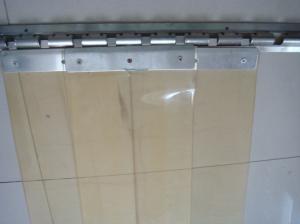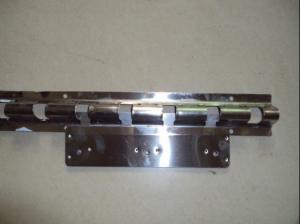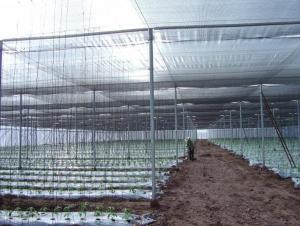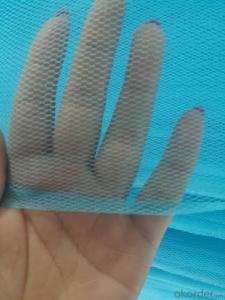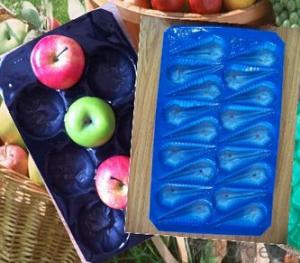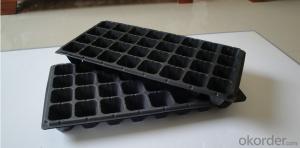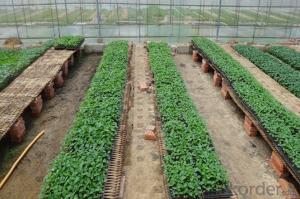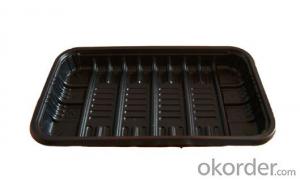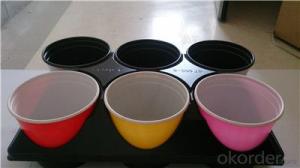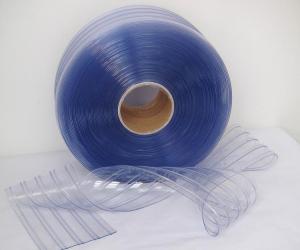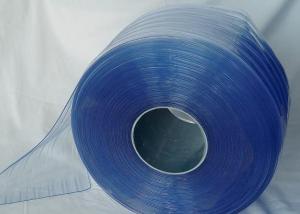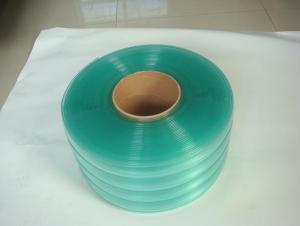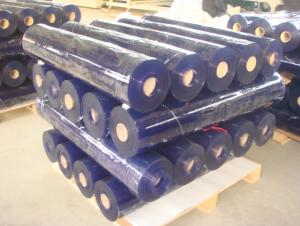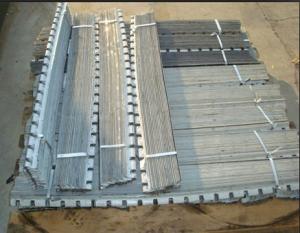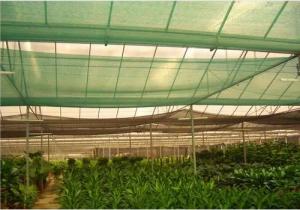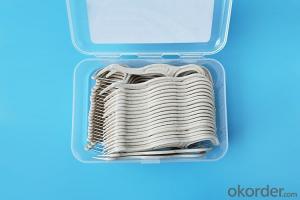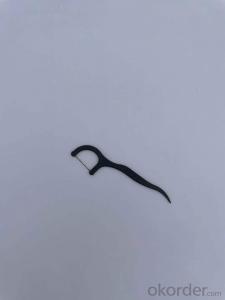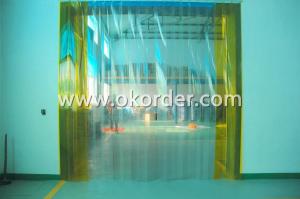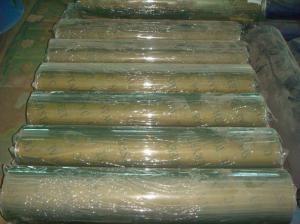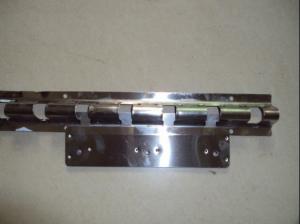Hanger&Clip Used for PVC Strips
- Loading Port:
- Tianjin
- Payment Terms:
- TT or L/C
- Min Order Qty:
- 100 Sets set
- Supply Capability:
- 5 Containers Per Month set/month
OKorder Service Pledge
OKorder Financial Service
You Might Also Like
Good Quality Hanger&Clip
Specifications of Good Quality Hanger&Clip
1. Rail Size: 1m(length)x25px(thickness)
2. Clip Size:
150mm(w)x1mm(t)
200mm(w)x1mm(t)
300mm(w)x1mm(t)
Material: SS201,SS304,G.I
Application:
Applications of Good Quality Hanger&Clip
One set of hanger include 3 ways
A. 1m rail, 8sets clips and 24 pcs screws, be applicable for 150mm and 200mm wide PVC strip
B. 1m rail, 6sets clips and 18 pcs screws, be applicable for 200mm and 300mm wide PVC strip
C. 1m rail, 4sets clips and 16 pcs screws, be applicable for 300mm and 400mm wide PVC strip
Package& Delivery of Good Quality Hanger&Clip
Wooden pallet,Carton box according to custom requires.
Installation of Good Quality Hanger&Clip
1.Cutting
Measure the size of door and cut the PVC strip curtain accordingly. Make sure the angle is 90 degree; Be carful with the cutter
2. Punch hole
a) Pushing holes in one side of PVC strip curtain
b) 200mm width door curtain need 3 holes
c) 300mm width door curtain need 4 holes
3. Install holders
a) Butt holders to the PVC strip with Screw.
b) Make sure the angle between strip and holders is 90 degree
4.Install hangers
Choose the best tool to punch hole according to the material of wall
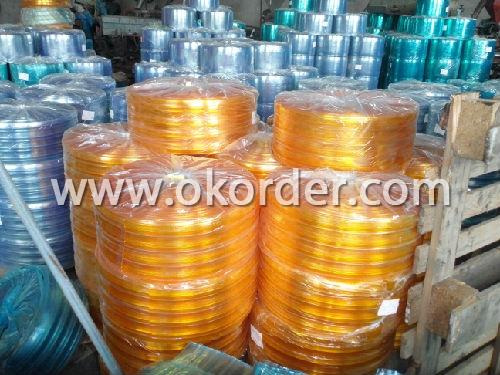
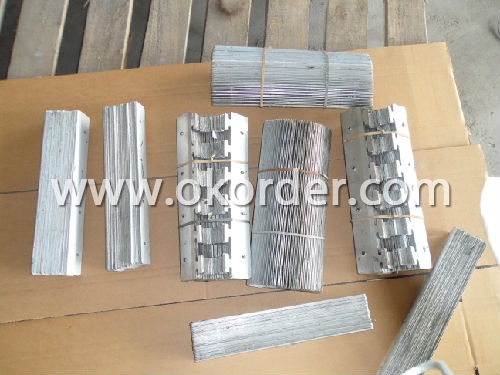
- Q:What are the main considerations in choosing the UV resistance of plastic for home appliances?
- The main considerations in choosing the UV resistance of plastic for home appliances are durability, aesthetics, and safety. UV rays from the sun can cause plastic to degrade over time, leading to discoloration, brittleness, and reduced lifespan of the appliance. Therefore, selecting a plastic with high UV resistance ensures the appliance will maintain its structural integrity and functionality. Additionally, UV resistance helps preserve the aesthetic appearance of the appliance, preventing fading or yellowing. Lastly, considering UV resistance is crucial for safety as it prevents potential hazards, such as the release of harmful chemicals due to plastic degradation under UV exposure.
- Q:Are there any limitations in terms of vibration resistance for plastic parts in home appliances?
- Yes, there are limitations in terms of vibration resistance for plastic parts in home appliances. While plastic parts can offer some degree of vibration resistance, they may not be as robust as metal or other materials in terms of withstanding high levels of vibration. The type and quality of plastic used, design considerations, and the specific magnitude and frequency of vibrations can all impact the limitations of plastic parts in withstanding vibrations in home appliances.
- Q:Can plastic home appliances be used in high-humidity environments?
- Plastic home appliances can generally be used in high-humidity environments, as long as they are designed and manufactured to withstand such conditions. However, it is recommended to check the specific product specifications and guidelines to ensure their suitability for use in high humidity.
- Q:Are plastic home appliances more environmentally friendly than those made from other materials?
- Plastic appliances are not necessarily more environmentally friendly than those made from other materials. While plastic appliances may be lightweight, durable, and cheaper to produce, they often have a negative impact on the environment due to their production, disposal, and potential for pollution. Other materials like stainless steel or aluminum can be more sustainable and recyclable, making them better options for eco-conscious consumers. Ultimately, the environmental impact of an appliance depends on various factors such as its lifecycle, energy efficiency, and end-of-life disposal options.
- Q:How does the thickness of plastic parts in home appliances affect their performance?
- The thickness of plastic parts in home appliances can significantly impact their performance. A thicker plastic part tends to be more durable and resistant to wear and tear, thereby enhancing the appliance's longevity. It also helps in reducing the risk of breakage and damage during regular use. Additionally, thicker plastic parts can provide better insulation and structural support, improving energy efficiency and overall functionality. However, excessive thickness can lead to weight increase, potentially affecting portability and ease of handling. Hence, striking the right balance in plastic part thickness is crucial for optimal performance of home appliances.
- Q:What are the most common home appliances made of plastic?
- Some of the most common home appliances made of plastic include blenders, coffee makers, toasters, microwaves, vacuum cleaners, fans, and electric kettles.
- Q:How does plastic contribute to the overall energy efficiency of home appliances?
- Plastic contributes to the overall energy efficiency of home appliances by providing lightweight and durable components, reducing the overall weight of the appliance. This allows for easier transportation, which in turn reduces energy consumption during manufacturing and shipping. Additionally, plastic insulation materials help to improve energy efficiency by reducing heat transfer and improving the insulation properties of the appliance, leading to less energy loss during operation.
- Q:How can plastic parts in refrigerators resist staining and discoloration from food and beverages?
- Plastic parts in refrigerators can resist staining and discoloration from food and beverages due to the use of specialized materials and manufacturing techniques. These plastics are often made from high-quality, non-porous materials that are resistant to absorbing pigments or dyes from food and beverages. Additionally, they may be coated with protective layers or additives that provide a barrier against staining agents. The design and construction of these parts also play a role, as they are often smooth and seamless, making it harder for stains to adhere and allowing for easy cleaning.
- Q:How does the electrical conductivity of plastic used in home appliances affect their safety?
- The electrical conductivity of plastic used in home appliances greatly affects their safety. Plastic with low electrical conductivity acts as an insulator, preventing the flow of electricity and reducing the risk of electrical shocks or fires. On the other hand, if the plastic has high electrical conductivity, it can allow the flow of electricity, increasing the risk of electrical hazards and compromising the safety of the appliance. Therefore, it is crucial to ensure that the plastic used in home appliances has low electrical conductivity to maintain their safety standards.
- Q:Are there any safety concerns with plastic parts in blenders and food processors?
- Yes, there can be safety concerns with plastic parts in blenders and food processors. Some plastics may contain harmful chemicals such as bisphenol A (BPA) or phthalates, which can leach into food and pose health risks. It is important to look for appliances that use food-grade or BPA-free plastics to minimize these concerns. Additionally, plastic parts may be less durable than metal counterparts, increasing the risk of breakage or contamination. Regular inspection and proper maintenance are necessary to ensure safe usage of plastic parts in these appliances.
1. Manufacturer Overview |
|
|---|---|
| Location | Hebei, China |
| Year Established | 1995 |
| Annual Output Value | Above US$ 50 Million |
| Main Markets | 15.00% Mid East 10.00% Northern Europe 10.00% North America 30.00% Eastern Asia 10.00% Africa 9.00% Eastern Europe 8.00% Southeast Asia 3.00% Oceania 3.00% Western Europe 2.00% Southern Europe |
| Company Certifications | ISO 9001 |
2. Manufacturer Certificates |
|
|---|---|
| a) Certification Name | |
| Range | |
| Reference | |
| Validity Period | |
3. Manufacturer Capability |
|
|---|---|
| a)Trade Capacity | |
| Nearest Port | Tianjin; Qingdao; Shagnhai; Guanghzou |
| Export Percentage | 41% - 50% |
| No.of Employees in Trade Department | 21-50 People |
| Language Spoken: | English; Chinese |
| b)Factory Information | |
| Factory Size: | Above 100,000 square meters |
| No. of Production Lines | Above 5 |
| Contract Manufacturing | OEM Service Offered; Design Service Offered |
| Product Price Range | High; Average |
Send your message to us
Hanger&Clip Used for PVC Strips
- Loading Port:
- Tianjin
- Payment Terms:
- TT or L/C
- Min Order Qty:
- 100 Sets set
- Supply Capability:
- 5 Containers Per Month set/month
OKorder Service Pledge
OKorder Financial Service
Similar products
New products
Hot products

